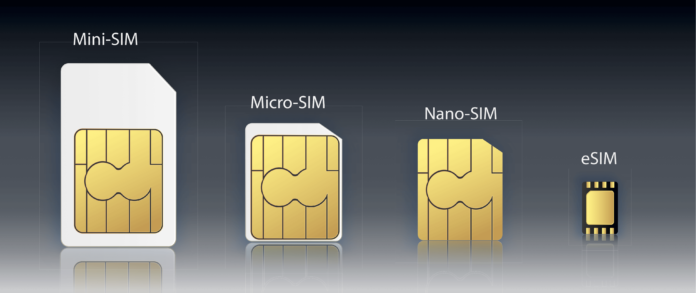
A new Juniper Research study indicate that the number of global eSIM (embedded SIM) module shipments will increase from 430 million in 2020 to 822 million in 2025; representing a growth of 90%.
The research identified the public sector as the fastest-growing area, with shipments of eSIM-enabled public sector sensors expected to increase by 500% over the next four years, as smart city services benefit from the flexibility of the growing eSIM ecosystem.
An eSIM (embedded SIM) or digital chip fitted in a device as part of its components and allows the user to activate a cellular plan from a mobile service provider or carrier without having to use a physical SIM card.
The new research, titled eSIMs: Sector Analysis, Emerging Opportunities & Market Forecasts 2021-2025, found that smart street lighting sensors will account for 88% of eSIM shipments within the public sector by 2025.
The report predicts that smart city providers will leverage cellular networks, underpinned by eSIMs, as gateways to low-power connections for the monitoring and management of smart city services.
Smart Cities in North America to Establish Global Standards
The report predicts that the US will remain the largest market for public sector eSIM adoption; accounting for 30% of eSIMs installed in devices by 2025.
It highlighted that operators in North America have led the development and roll-out of 5G networks, which has enabled new levels of city-wide automation and information sharing in smart cities.
Government authorities in other regions must follow the example set by smart cities in North America to ensure the smooth transition from legacy technology to smart sensors underpinned by robust eSIM technology.
Standalone 5G Networks Key for Future Smart Cities
The study urges eSIM vendors to develop 5G-capable modules to capitalize on the growth of next-generation 5G standalone networks, which enable the deployment of 5G-enabled eSIMs within smart cities.
Research author Scarlett Woodford noted: “To support smart city initiatives, eSIM vendors must invest in the development of 5G-enabled form factors. By combining flexible network connectivity with high bandwidth transmission and reduced latency, 5G-capable modules will enable local authorities to monitor connected sensors in real-time and allocate resources accordingly.”
Juniper Research provides research and analytical services to the global hi-tech communications sector, providing consultancy, analyst reports and industry commentary.










